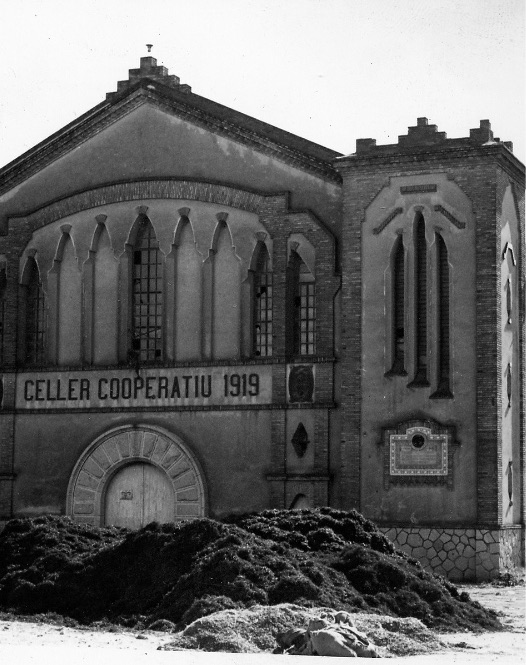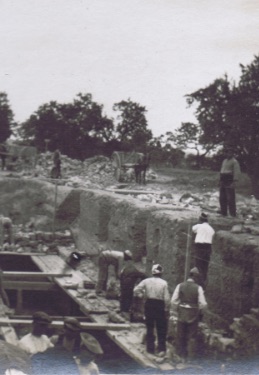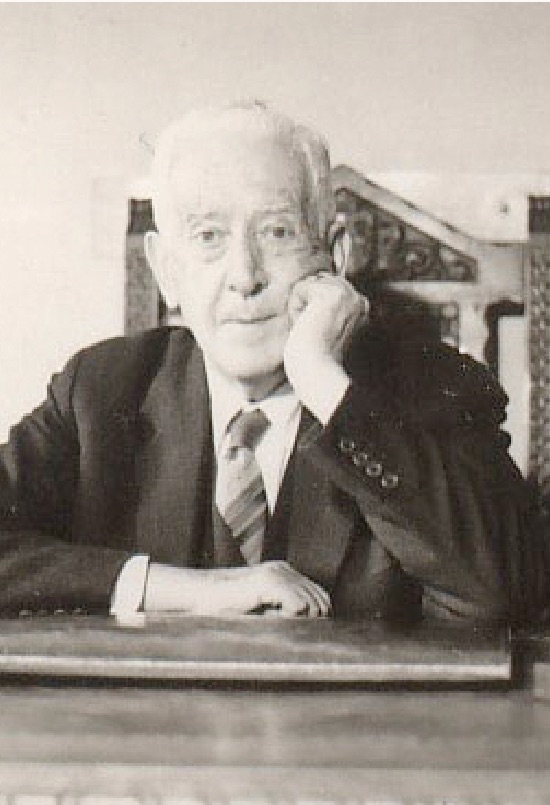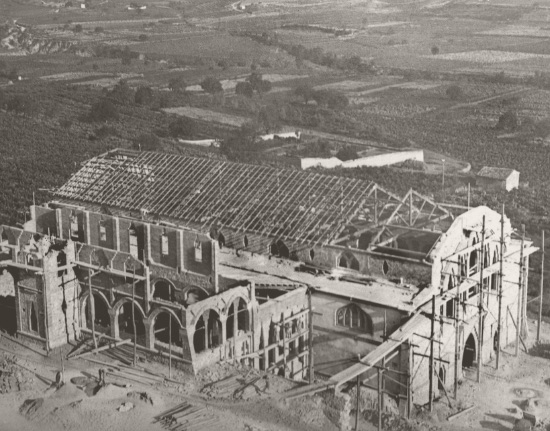

Cellers estètica i arquitectònicament impressionants i majestuosos, projectats des del cooperativisme com a resposta a la pitjor crisi que mai havia travessat el camp català: la plaga de la fil·loxera (finals segle XIX, principis segle XX).
Grans obres d’enginyeria rural que funcionalment eren impecables, amb un disseny que vetllava per l’optimització de la productivitat i per la qualitat del vi. Simplicitat de materials, a la recerca de construccions econòmicament sostenibles.
El cooperativisme agrari, amb el suport de la Mancomunitat de Catalunya, com a autèntic revulsiu d’un sector i del territori.
Un missatge llençat al món en forma de grans i belles construccions, i que encara perdura i es defensa: la unió fa la força. La força i esforç de tot un poble en la construcció del seu futur i en la propagació de noves esperances i anhels.
Una nova generació d’arquitectes, deixebles dels grans exponents del modernisme però ja amb força influència del noucentisme (en la concepció i integració de postulats culturals), que van trobar en la construcció d’aquests temples del vi la seva oportunitat per passar a la història.
Tot això i molt més és la història i històries que els cellers modernistes us volen descobrir i ajudar a valorar. Una història que encara s’escriu, i que podeu viure en primera persona.





Cèsar Martinell i Brunet
Valls, Alt Camp, 1888 — Barcelona, 1973
L’arquitecte del vi. Persona propera i pràctica, personatge polifacètic, arquitecte excepcional. Figura clau per entendre l’arquitectura catalana de principis del segle XX.
Col·laborador i alhora deixeble de Gaudí, del que va heretar una manera especial d’entendre i projectar l’arquitectura, sobretot pel que fa a les solucions espacials.
Gran professional, atent a les necessitats i motivacions dels pagesos, Martinell va esforçar-se per conèixer a fons el procés d’elaboració del vi, i així saber com distribuir l’espai i optimitzar la producció. Alhora, atent al moment social que vivia el camp català, va jugar un important paper en l’efervescent moviment cooperativista de principis del segle XX. Va arribar a construir una quarantena d’edificis cooperatius en menys d’una dècada.
Alguns experts han qualificat la seva arquitectura i/o metodologia com a “projecte total”, per la seva implicació en el disseny de l’espai per al procés productiu (preocupat per la forma i la ubicació dels dipòsits, per la ventilació i la circulació de l’aire, pels sistemes d’aïllament, per les condicions de fermentació o per la distribució de la maquinària).
Va perseguir insistentment l’equilibri entre utilitat, economia i estètica. En els espais agraris que va projectar procurà l’optimització de la producció (utilitat); la utilització de materials propers per abaratir la construcció (economia) i la preocupació per la bellesa i l’harmonia estètica del conjunt.
Va morir a la ciutat de Barcelona, el dia 19 de novembre de 1973.
Pere Domènech i Roura
Barcelona, 1881 - Lleida, 1962
Arquitecte pioner en la construcció de cellers d’autor a Catalunya. Fill, deixeble i col·laborador del genial i visionari arquitecte Lluís Domènech i Montaner, hereu de la renaixença i de les mentalitats catalanistes plenament obertes a Europa. Amb ell va col·laborar en la construcció de notables edificis, mundialment reconeguts, com l’Institut Pere Mata de Reus o l’Hospital de Sant Pau de Barcelona.
Pluridisciplinar, amb notable interès per la cultura i la música, entre d’altres disciplines, va tractar d’adaptar la seva arquitectura a les necessitats socials, econòmiques i estètiques de la seva època.
Tot i la clara influència del pare, Domènech i Roura de seguida es va comprometre amb el noucentisme, amb un retorn a la cultura clàssica grecollatina, al món mediterrani. Amb tot però, mantingué sistemes constructius, l’ús del maó, voltes i arcs, plenament vinculats al modernisme.
Cercà també, com el seu pare, influència i orígens en el gòtic. Aquestes influències es van fer presents en els 3 cellers cooperatius que va projectar (Espluga de Francolí, Sarral i Vila-seca). El sistema constructiu que emprà a l’Espluga de Francolí esdevingué un punt d’inflexió en la concepció de l’arquitectura agrícola. De fet, d’aquest construcció en va néixer l’expressió “Catedrals del Vi” (Àngel Guimerà).
Després de construir aquests cellers va focalitzar els seus interessos en l’arquitectura urbana, en la que destaquen per exemple l’Estadi de Montjuïc i el Palau Nacional de Montjuïc.

